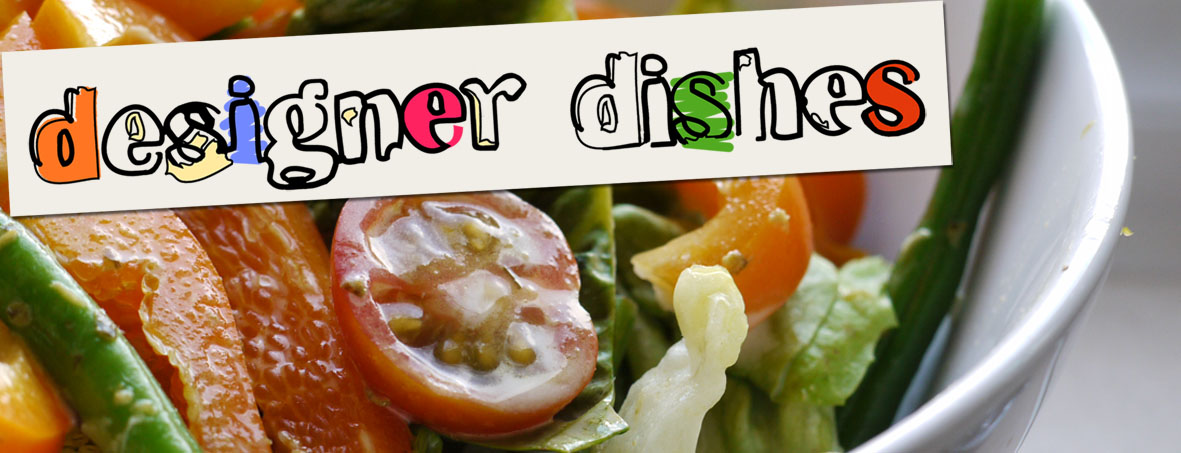My parents made sloe gin and elderberry wine when I was very small and I was reintroduced to the warming wonder of this berry-infused spirit while spending the festive period with The Boy’s family. They drink it straight (in small measures) but it’s lovely with lemonade too. The beauty of it is that it is wonderfully simple to make and the key ingredient – the sloe berries – are free! I see it as my first foray into the world of home brewing though I suppose it’s technically infusing. The kit is cheap (or free too) as I picked up a funnel for a few pence from the supermarket and saved an old spirit bottle.
Fresh sloe berries and my first bottle of sloe gin
The sloe, or blackthorn, bush can be found all over the place but usually in woodland or as hedgerows in the countryside where they are sometimes planted as shelter for game birds. That said, I found mine on the tow path of my local canal which runs through our town and I’ve heard of people finding berry-laden bushes in the middle of cities. Their dark blue-purple berries look a little like hard blueberries but they are actually a drupe, like peaches. Blackberries, their fellow hedgerow buddy of the same season, are the same but are aggregated drupes – lots of small fruits as part of the same berry.
Before you go rushing out with your buckets at the ready, I must interject now. Tradition says that sloe season starts after the first frost of Autumn which is usually around October. Some people hurry up the process by picking the berries when they are ripe and then freezing them at home. Sneaky! You'll start seeing young fruit on the bushes from around next month onwards. A walking stick or broom can be useful for pulling the higher branches down to picking level. I tried to improvise with a flattened out wire coat hanger which sort of did the trick until some nearby fishermen used their net poles to drag them down to my level. Such gentlemen!
Once bottled, the spirit needs to mature so I bottled mine over 6 months ago and it’s just starting to mellow now. It’s getting to the time when I should think about removing the berries and rebottling the gin to allow it to further mature. Apparently, you can then top up the bottles of old berries with cider to make slider!
My sloe gin after 1 hour then again after a day
Although it’s a while until the sloes will be out, Gordon’s do a sloe gin which can be bought from the supermarkets. Bramley & Gage do a delicious organic sloe gin too; I wouldn’t be able to resist getting a bottle of their elderflower liqueur as well if I was ordering from their online shop! I would recommend saving glass bottles as you get them too – I like clear glass bottles (so that you can see how the colour is developing in the bottle) with screw tops and have a stash of them in the back of the cupboard. Just be sure to keep a bottle that will be big enough.Sloe Gin
450g sloe berries, approximately
750ml gin, or there abouts
350g granulated sugar
A bottling funnel
An empty sterilised glass bottle
- Rinse the berries well and leave to drain in a colander.
- Prick each berry with a sterilised needle or knife and place into the bottle.
- Pour the sugar into the bottle through the funnel.
- Top up the bottle with gin so that the berries are completely covered.
- Turn the bottle every so often. At least once a week but more often if you remember. The gin will gradually become infused with the colour and flavour of the berries.
Coming soon: Sloe Gin cocktails for those balmy summer nights!







No comments:
Post a Comment